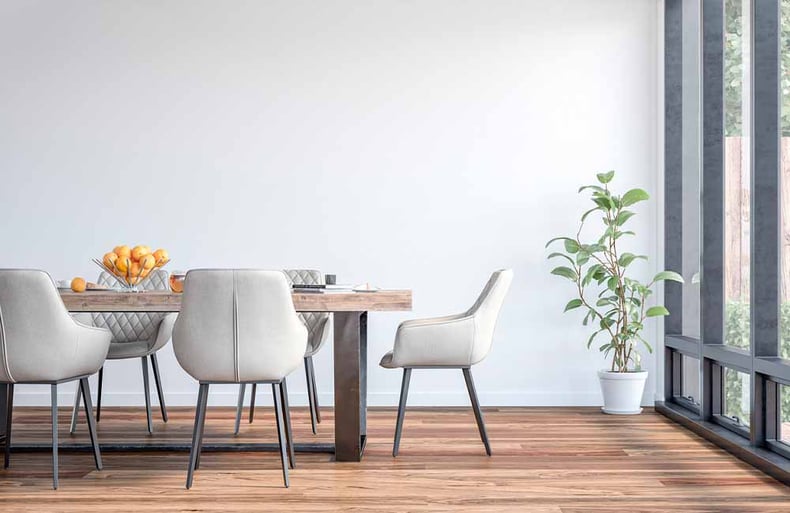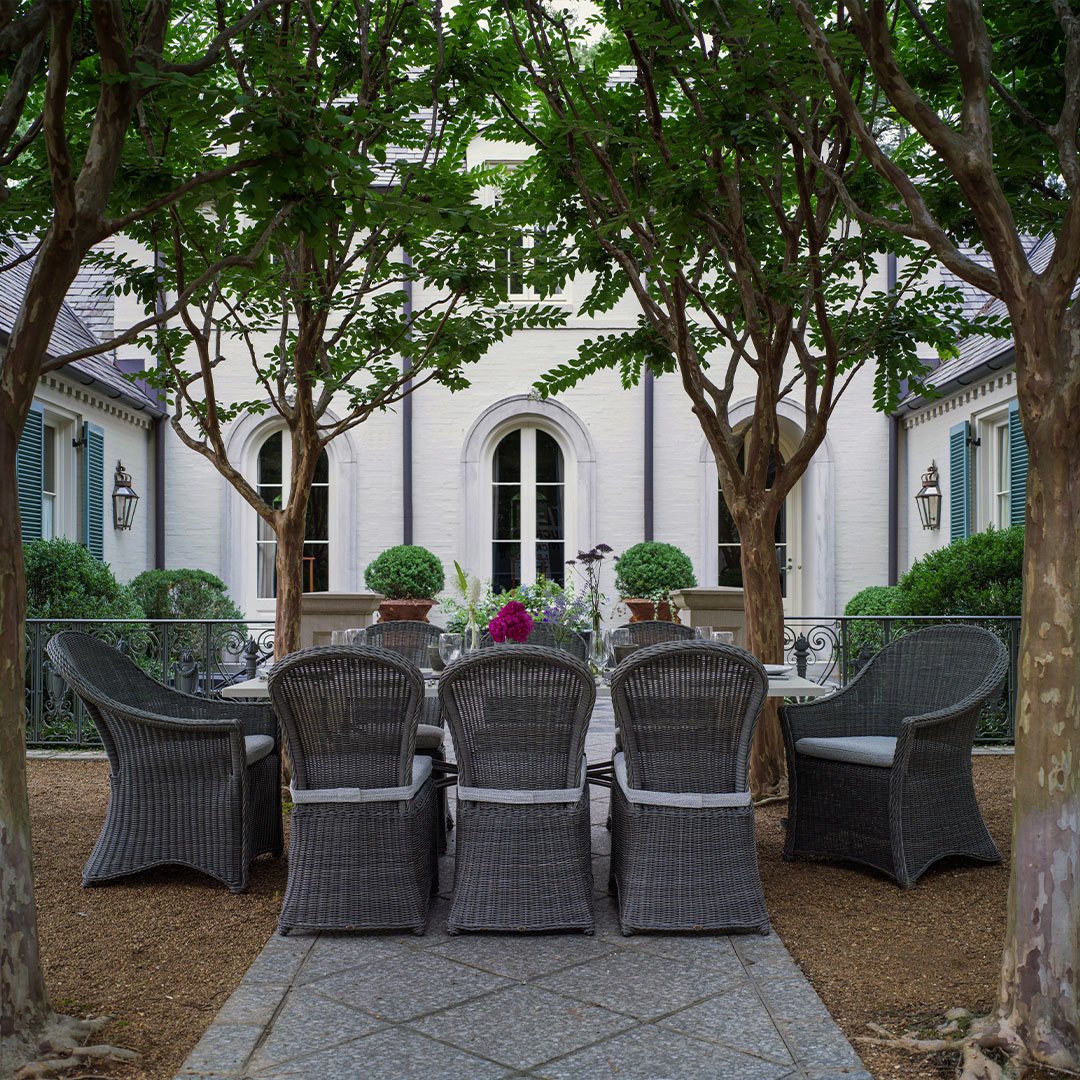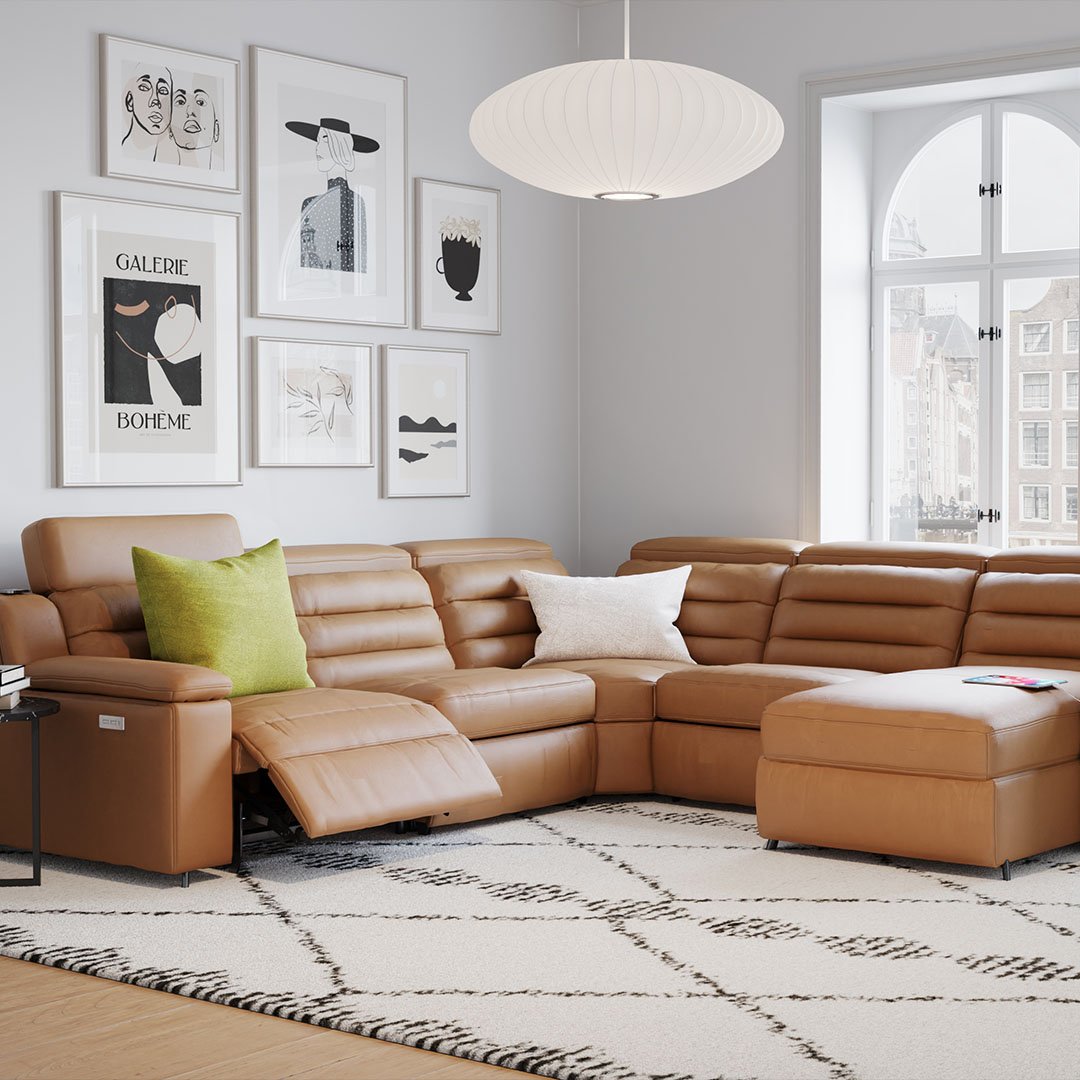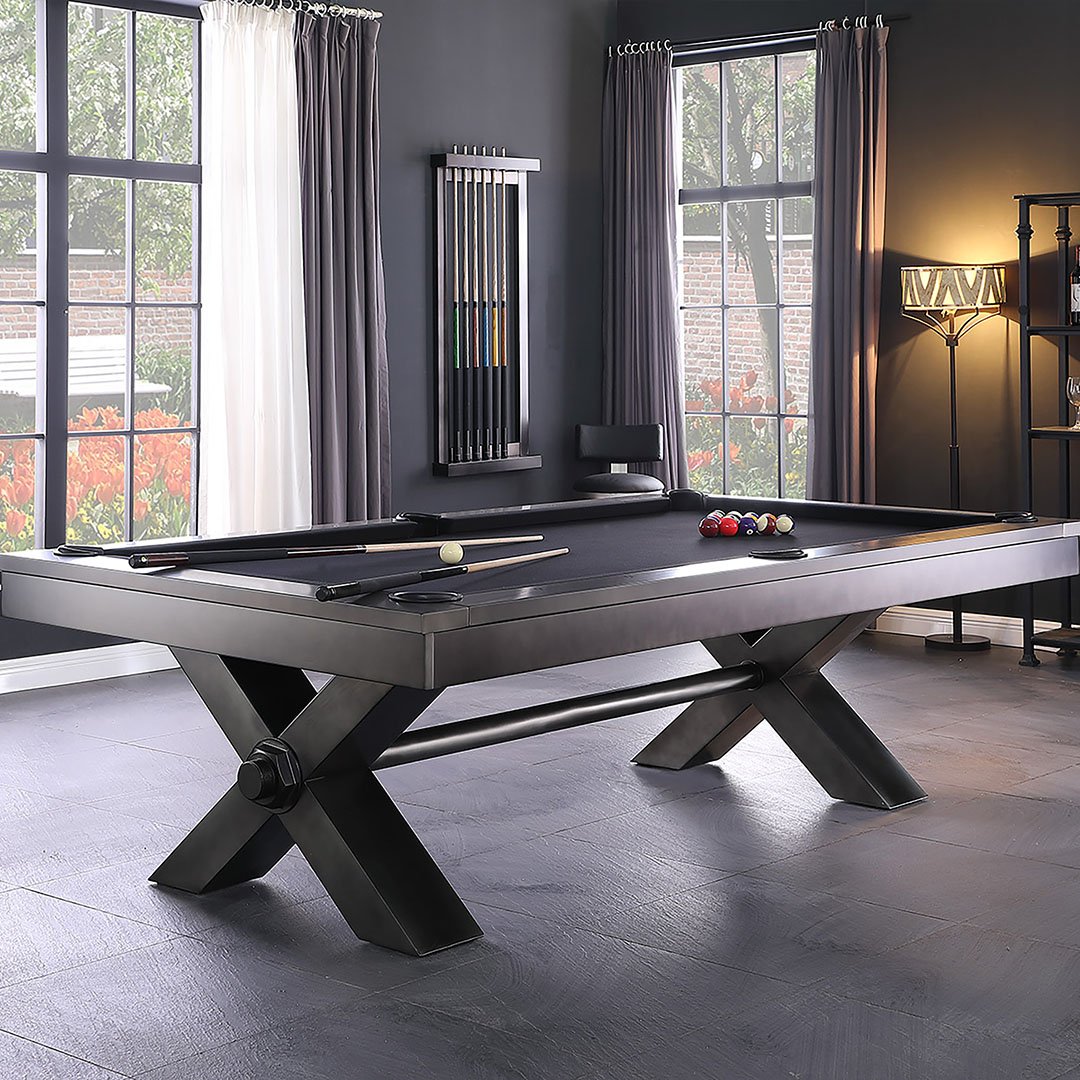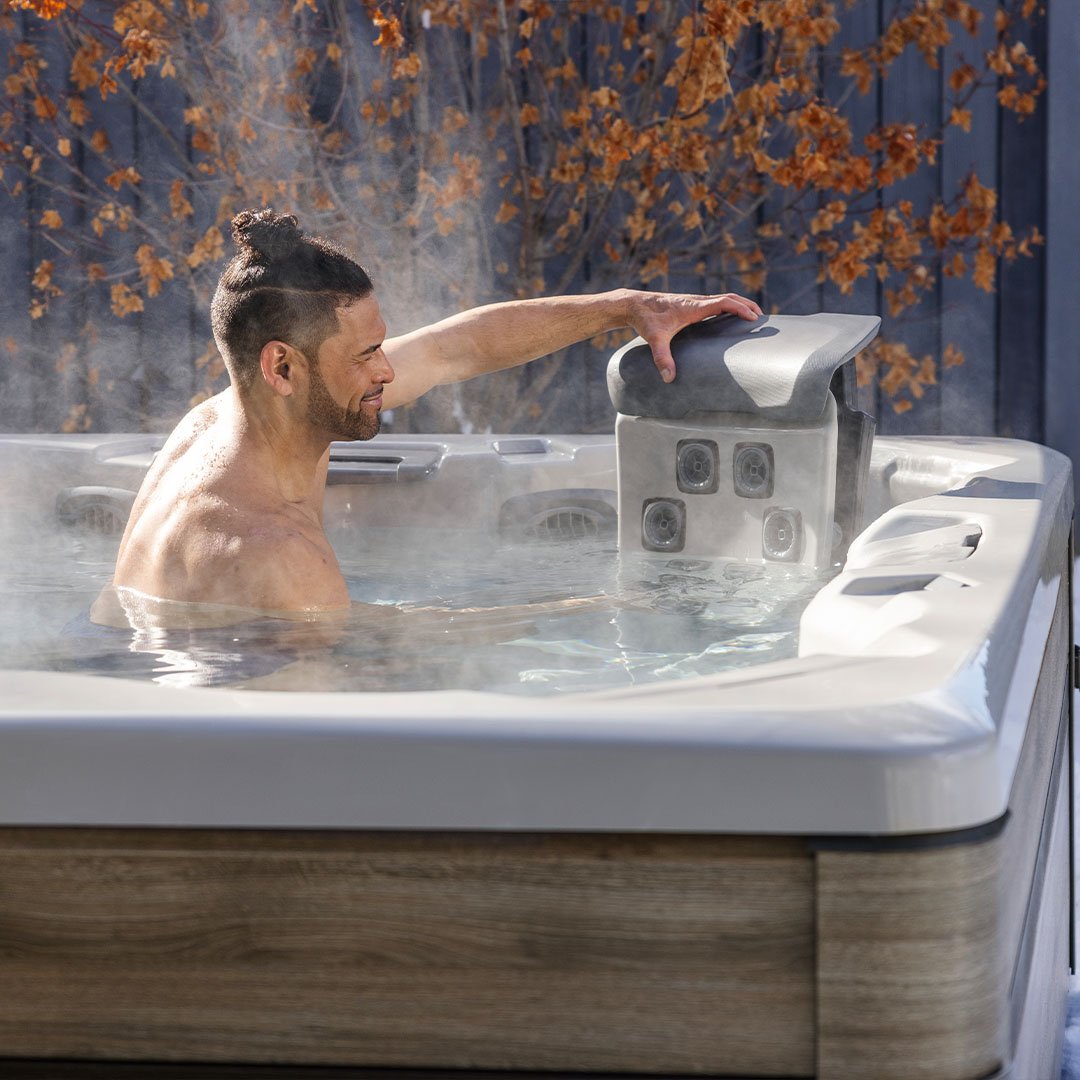Choosing the Best Dining Table Materials: A Comprehensive Guide
A dining table is more than just a functional piece of furniture—it’s a central part of your home where family and friends gather. Whether you’re redecorating or furnishing a new space, selecting the right dining table material is key to ensuring durability, aesthetic appeal, and ease of maintenance. With so many material options available, it can be challenging to know which one will suit your lifestyle, budget, and décor. In this guide, we'll break down the most popular dining table materials to help you make an informed decision.
1. Solid Wood Dining Tables
Overview:
Solid wood is a classic choice for dining tables, known for its timeless appeal, durability, and versatility. Popular types of wood include oak, walnut, maple, and cherry.
Pros:
- Durability: Solid wood can last decades with proper care.
- Warmth and character: Over time, wood can develop a beautiful patina.
- Customizable: Can be sanded, stained, or painted to match changing design trends.
Cons:
- Maintenance: Wood tables need regular cleaning and protection from heat, moisture, and scratches.
- Cost: High-quality wood can be more expensive than other materials.
Best For:
Traditional or rustic interiors, as well as households looking for a long-lasting and customizable table.
2. Veneer and Engineered Wood Dining Tables
Overview:
Veneer tables are made by applying a thin layer of real wood over a core material like plywood or MDF (Medium-Density Fiberboard).
Pros:
- Affordable: Veneer tables mimic the look of solid wood at a lower price.
- Lightweight: Easier to move and rearrange compared to solid wood.
- Eco-friendly: Engineered wood can be made from recycled materials.
Cons:
- Durability: Less durable than solid wood; susceptible to peeling or warping over time.
- Limited refinishing: Unlike solid wood, veneers can't be sanded down for refinishing.
Best For:
Modern or budget-friendly homes, or those looking for a lighter, less expensive alternative to solid wood.
3. Glass Dining Tables
Overview:
Glass dining tables add a sleek, modern touch to any space. They’re available in different glass finishes such as frosted, clear, or tinted glass.
Pros:
- Stylish: Glass tables make a room feel more open and spacious.
- Easy to clean: A simple wipe-down keeps glass looking spotless.
- Versatile: Pairs well with a variety of décor styles, from modern to minimalist.
Cons:
- Fragility: Glass can chip, crack, or shatter with heavy use or impact.
- Maintenance: Smudges and fingerprints can be more visible, requiring frequent cleaning.
- Cold appearance: Some people find glass tables lack the warmth of other materials.
Best For:
Contemporary or small spaces where a light, airy aesthetic is desired.

4. Metal Dining Tables
Overview:
Metal dining tables, often crafted from steel, iron, or aluminum, are becoming a popular choice for industrial or minimalist spaces.
Pros:
- Durability: Metal is resistant to wear, heat, and moisture, making it long-lasting.
- Low maintenance: Metal is easy to clean and does not require much upkeep.
- Modern look: Metal tables can give a sleek, edgy, or industrial feel to a room.
Cons:
- Weight: Metal tables can be quite heavy and difficult to move.
- Coldness: Metal can feel cold or impersonal in some home environments.
- Prone to scratches: Depending on the finish, metal can show scratches over time.
Best For:
Industrial, modern, or minimalist interiors where durability and a unique aesthetic are priorities.
5. Marble and Stone Dining Tables
Overview:
Marble and other stone dining tables are luxurious and make a statement in any dining space. They come in various finishes and patterns, making each table unique.
Pros:
- Luxurious look: Marble and stone exude sophistication and elegance.
- Durability: These materials are highly resistant to scratches and heat.
- Uniqueness: Natural stone tables offer one-of-a-kind patterns.
Cons:
- Cost: Marble and stone are often among the most expensive dining table materials.
- Maintenance: Requires regular sealing to protect against stains, and is sensitive to acidic substances.
- Weight: Heavy and difficult to move.
Best For:
Luxury interiors or homes that want a striking centerpiece for their dining room.
6. Concrete Dining Tables
Overview:
Concrete tables are trendy and offer a modern, industrial look that’s durable and sturdy.
Pros:
- Durable: Extremely sturdy and long-lasting.
- Unique style: Offers a rugged, industrial aesthetic.
- Heat-resistant: Great for everyday use without worrying about heat damage.
Cons:
- Weight: Concrete tables are heavy and difficult to move.
- Porosity: Can stain easily if not properly sealed.
Best For:
Contemporary, modern, or industrial-style spaces looking for a bold design statement.
7. Plastic and Acrylic Dining Tables
Overview:
Plastic and acrylic tables are lightweight, affordable, and available in a variety of colors and designs.
Pros:
- Affordable: One of the most budget-friendly dining table materials.
- Lightweight and portable: Easy to move and rearrange.
- Low maintenance: Simple to clean and resistant to stains and water damage.
Cons:
- Less durable: Prone to scratches and can become discolored over time.
- Less elegant: May not have the same aesthetic appeal as wood or stone.
Best For:
Casual, budget-conscious homes, or temporary solutions like outdoor dining spaces.

How to Choose the Right Dining Table Material for Your Space
When selecting the best dining table material, consider these factors:
- Lifestyle: Do you have children or pets? Opt for a durable and low-maintenance material like solid wood or metal.
- Aesthetic: If you’re going for a sleek, modern look, glass or metal may be your best option.
- Budget: Engineered wood or veneer is more affordable, while stone and marble offer high-end luxury.
- Space: In small dining rooms, glass or acrylic can make the space feel more open, while wood or concrete adds warmth and grounding.
Choosing the right dining table material is essential for balancing style, durability, and practicality in your home. Whether you prefer the warmth of wood, the sleekness of glass, or the luxury of marble, each material offers distinct benefits that can enhance your dining space. If you're ready to dive deeper into selecting the perfect dining table for your home, check out our Complete Guide to Dining Tables for more insights on shapes, sizes, and styles to suit any room.
Frequently Asked Questions
What is the most durable dining table material?
Solid wood, metal, and stone (like marble) are among the most durable options, offering long-lasting use with the right care.
Are glass dining tables easy to maintain?
Yes, glass dining tables are easy to clean with just a cloth and glass cleaner, but they do require regular cleaning to remove fingerprints and smudges.
Topics: Indoor Furniture - Living Room





